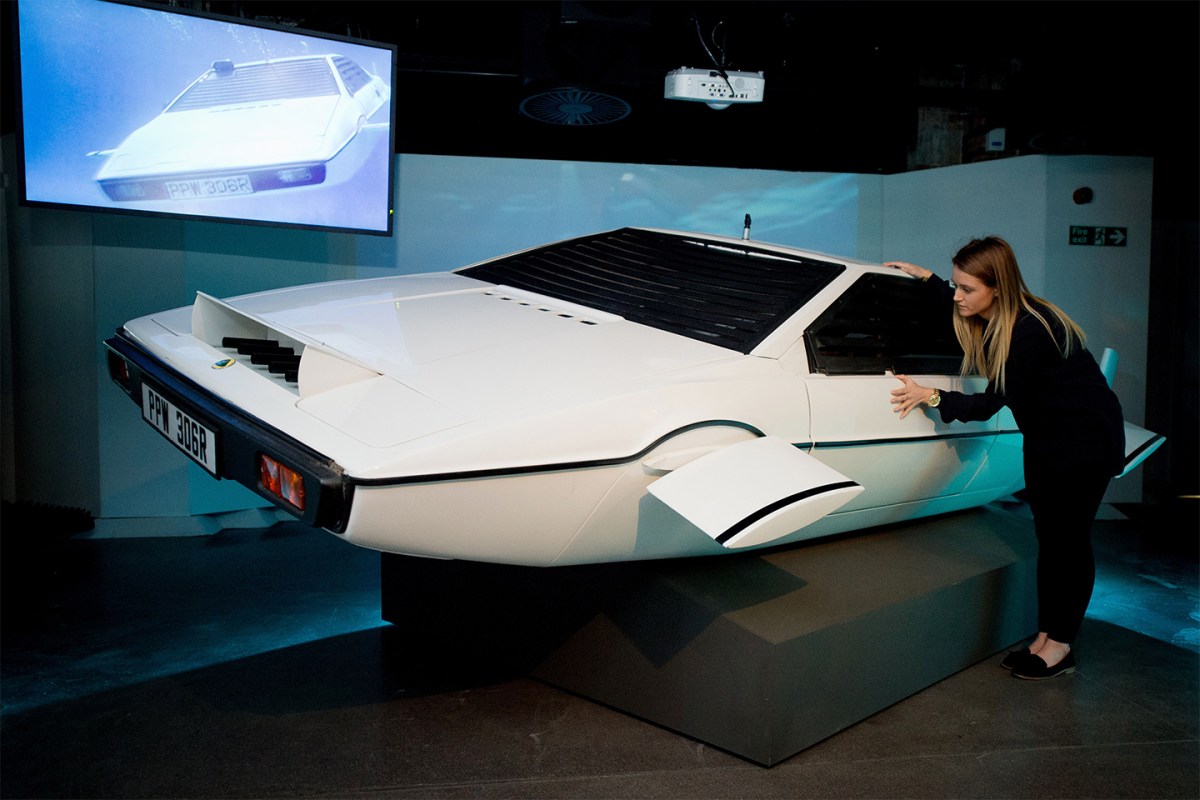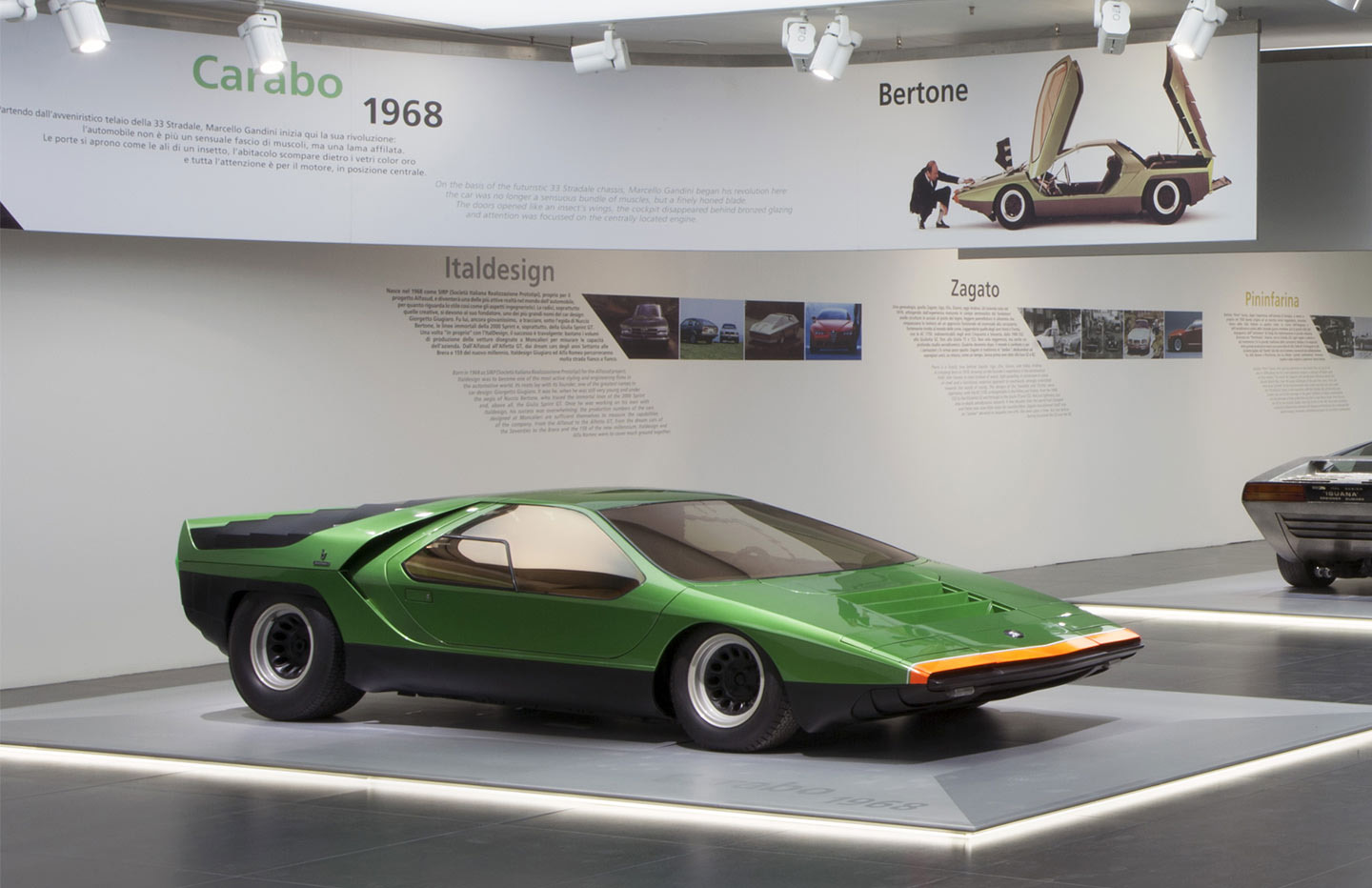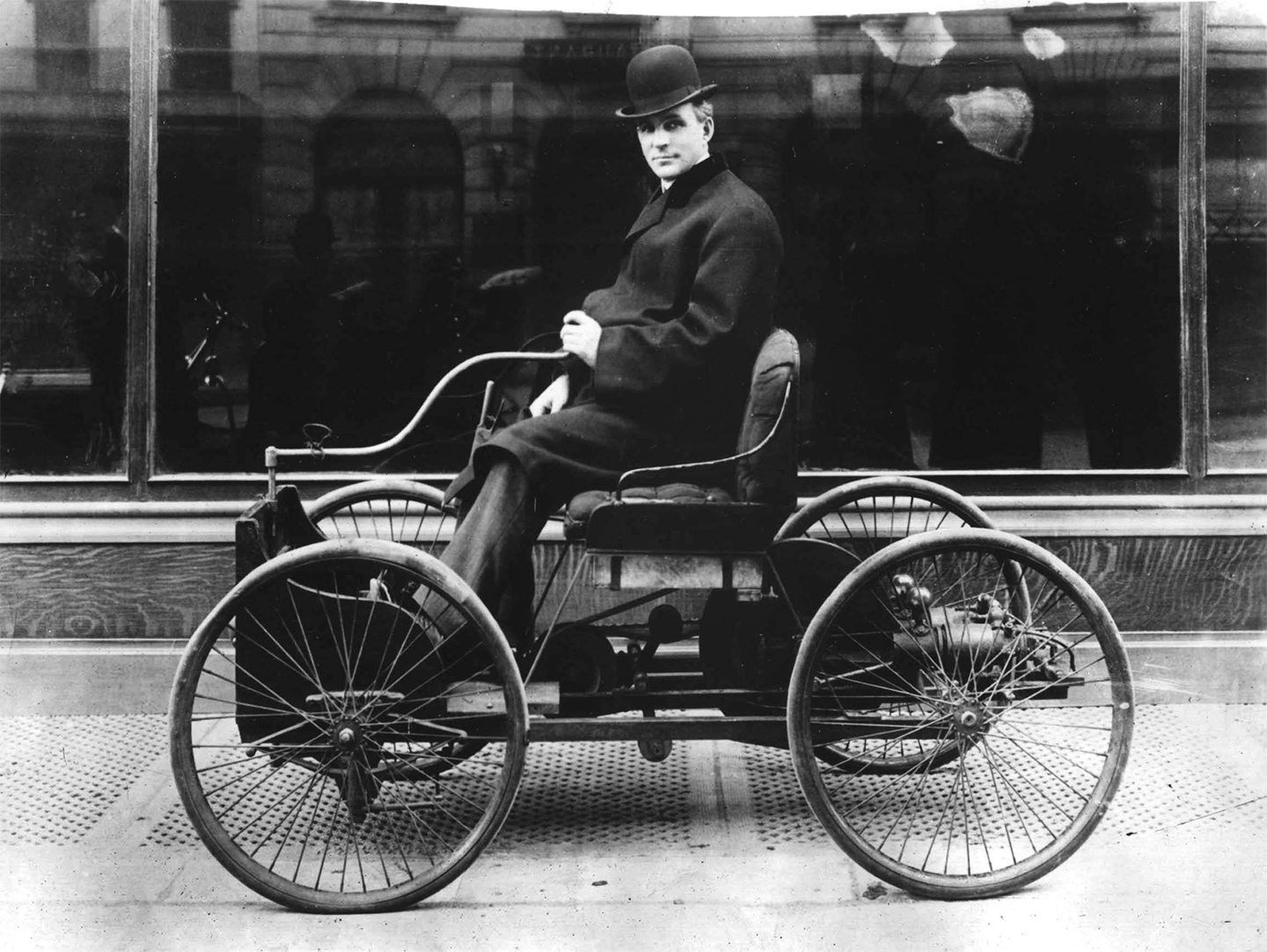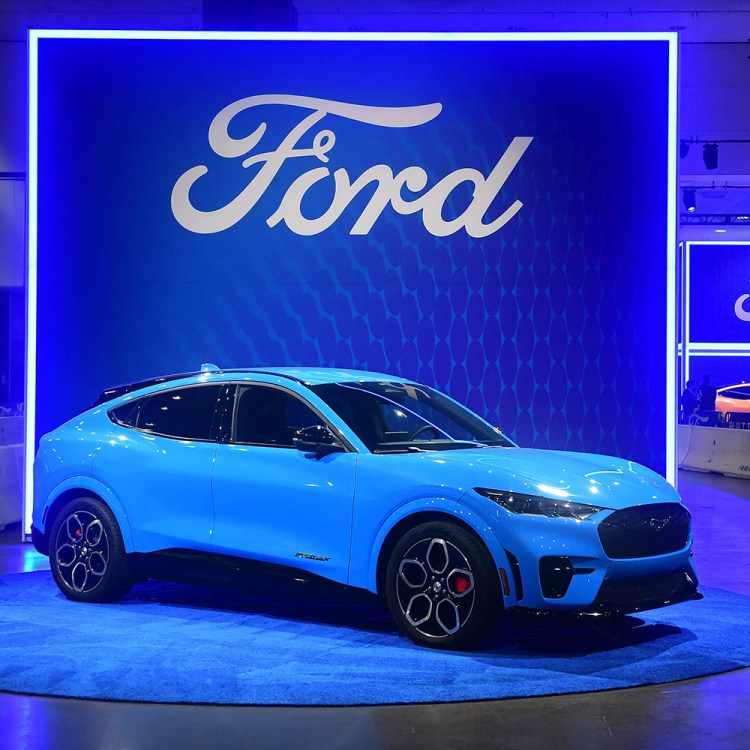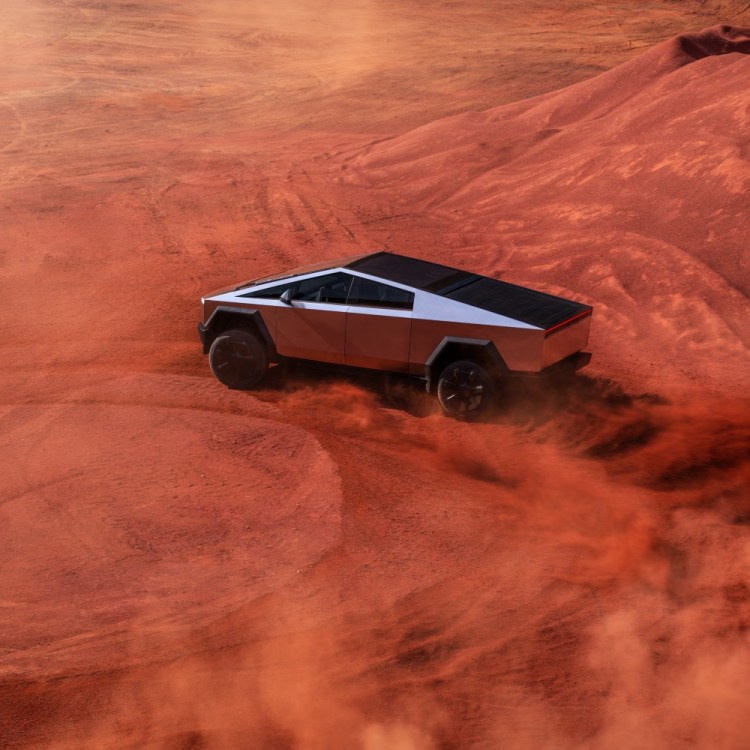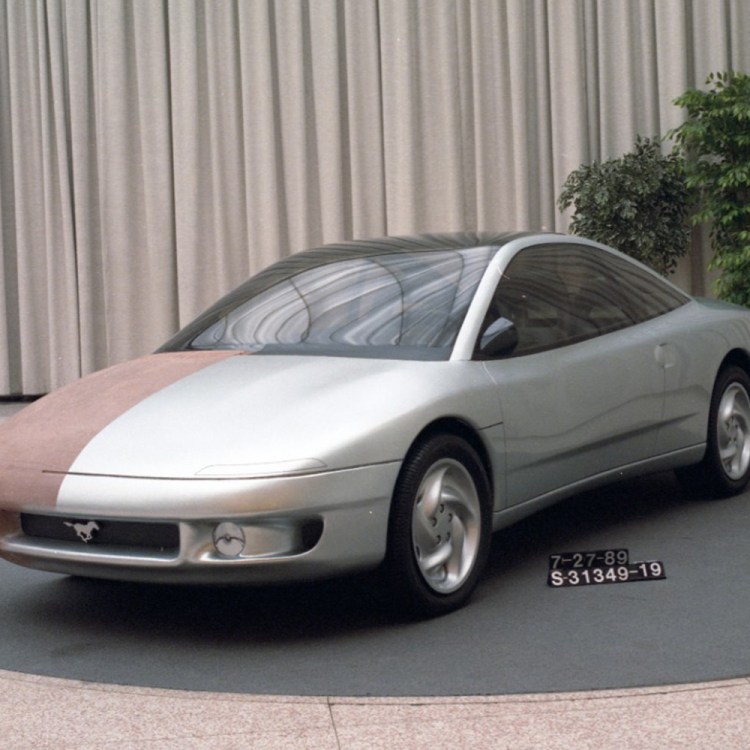Let us get this out of the way up front: There are far more than five cool cars in the world’s museum collections. In fact, it’s difficult even to pick five, because we know you gearheads and classic car owners out there are going to have vastly different opinions on what should be making a list of this sort.
So to separate the wheat from the chaff, we went about choosing a mini-collection that had RealClearLife written all over it.
What does a RealClearLife car look like? For one, it has to have a story. Unless these wheels can talk, we’re not interested. It also has to have a particularly unique design—sure, we love ourselves a good Lamborghini or Pagani, but at the end of the day, these rides aren’t really going to be sitting in museum collections, they’ll be out on the road doing 185 mph, Joe Walsh–style. And lastly, it has to be historically relevant.
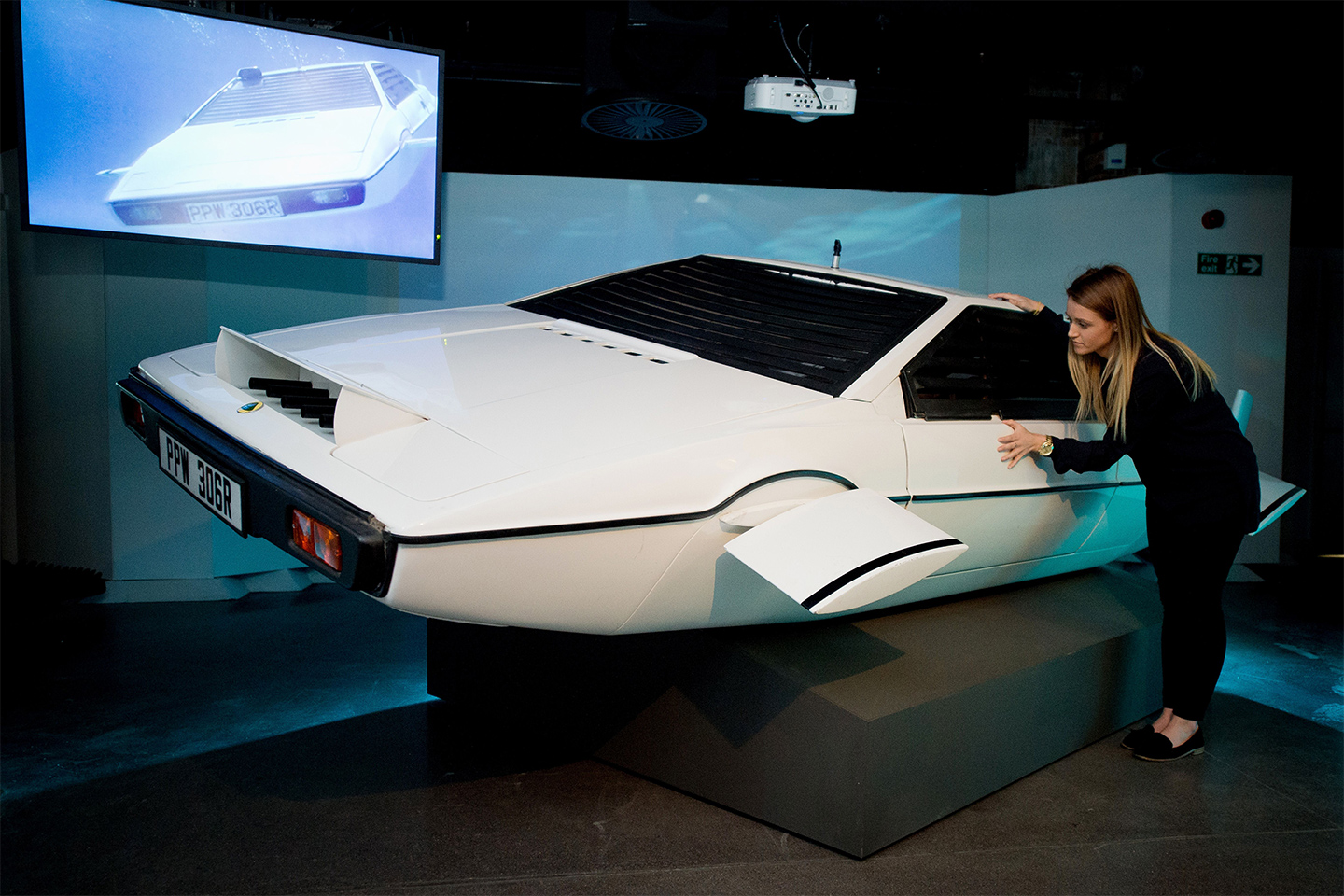
1. Lotus Esprit S1 ‘Wet Nellie’ – London Film Museum – London, England – No Aston Martin DB5, you say? So much has been written about Bond’s Goldfinger gadget car, that it’s starting to feel like that’s the only one he ever drove. That couldn’t be farther from the truth, and that’s why we landed on his 1977 Lotus Esprit S1, which fires on all cylinders: It’s a classic sports car, has a super-sleek design, and was one big gadget all by itself. In The Spy Who Loved Me, Bond drove the Lotus off a dock and upon splashdown, it transformed into a submarine. The film, which was nominated for three Oscars, is arguably the late Sir Roger Moore‘s strongest turn as the British spy, too. (Obviously, not all S1’s turned into submersibles; in fact, this was the only one.)
2. Bugatti Horse-Drawn Cart – Mullin Automotive Museum – Oxnard, California – Talk about horse power. RealClearLife has covered quite a few Bugatti supercars in its day—and even a drivable toy version—but seeing Bugatti’s horse-drawn cart was like love at first sight. According to the Mullin, when the Bugatti factory was sold in 1940, some rarities were discovered, including this horse-drawn cart from 1930. This two-wheeled cart’s 0-60 is unknown for obvious reasons: It all depended on the actual horse you happened to have to tow you that day. This puppy required a skilled “driver” to say the least.
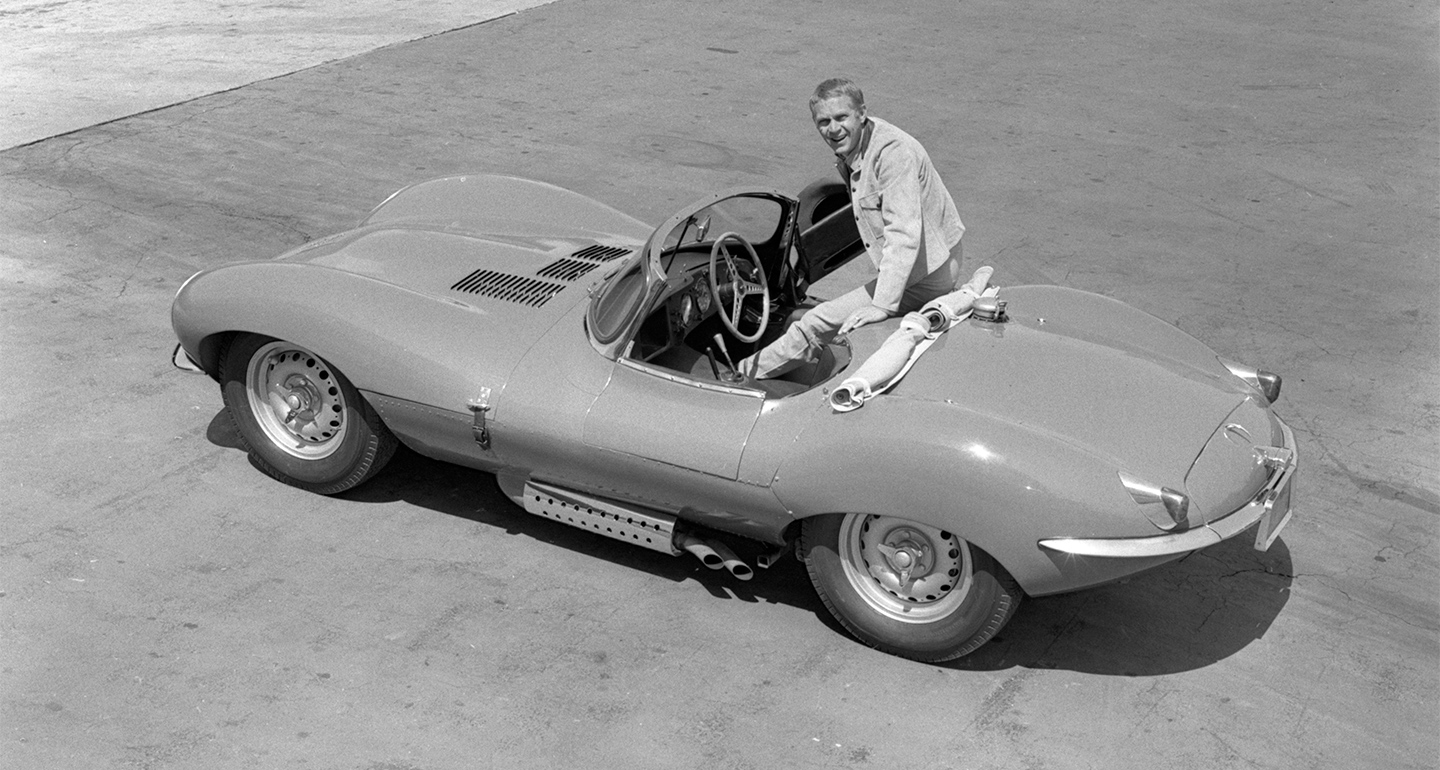
3. Steve McQueen’s 1956 Jaguar XKSS – Petersen Museum – Los Angeles, California – If Steve McQueen were still alive, we can imagine that he’d be a big fan of RealClearLife. He was the typification of an early action hero, gifting the world with movies like The Great Escape, The Thomas Crown Affair, and Bullitt. And he also loved himself a fast car, competing in the British Touring Car Championship in the early ’60s and playing a gear-head on screen in ’71’s Le Mans. Per the Petersen, this Jaguar XKSS was McQueen’s baby, and reportedly, during the first year he owned it, the cops pulled him over so many times for speeding that he nearly had his license suspended twice.
4. Alfa Romeo Carabo – Museo Storico Alfa Romeo – Milan Italy – Alfa Romeo Carabo – Man, this car has a cool history. According to Classic Driver magazine, Alfa Romeo produced the concept car in 1968 and was the automaker’s first attempt at a wedge-shaped sports car. It reached a respectable max speed of 160 mph and did 0-60 in 5.5 seconds. Of course, it also has that incredible design and paint job—beetle-green on orange. Maybe it’s most memorable quirk were those front-hinged, wing-shaped doors, which have inspired countless modern supercar designs (the Lamborghini Countach is thought to be a direct hat-tip to it). This is the lone copy of the car in the world.
5. 1896 Ford Quadricycle Runabout – The Henry Ford Museum – Dearborn, Michigan – When you think about how far the automobile’s come—and its all-electric, autonomous future—this “car” is about as groundbreaking as they come. Constructed at the tail-end of the 19th century, when automobiles were first starting to sprout up, the Quadricycle Runabout was the first car Henry Ford ever built and his first stab at one with a gasoline-powered engine, notes the Henry Ford Museum. In fact, he based his engine on one he read about in the Jan. 9 issue of American Machinist magazine. He would end up selling it for $200, but once the Ford company started taking off in the early 20th century, he repurchased it for $65. It was just 12 years removed from the Model T.
This article was featured in the InsideHook newsletter. Sign up now.
